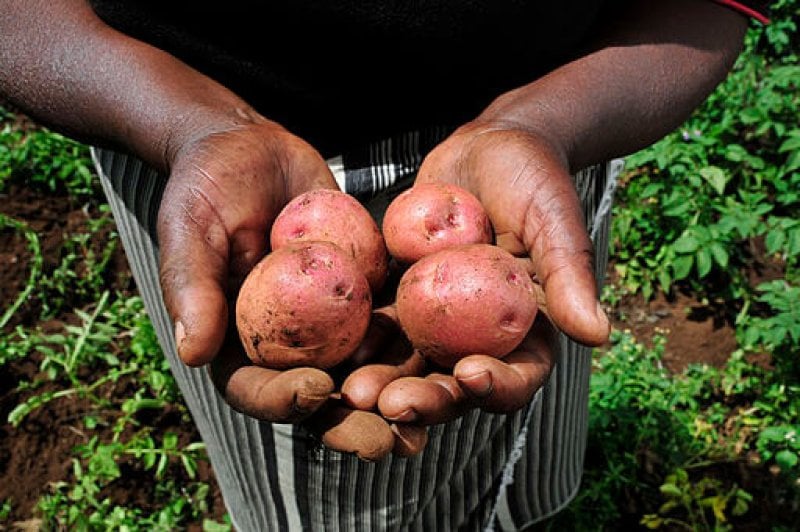The GLP aggregated and excerpted this blog/article to reflect the diversity of news, opinion and analysis.
There’s. . . a lot of unrealized promise. GMOs are often touted as a way to boost the nutrient content of foods to fight malnutrition. Yet GMOs that are on the market have largely benefited those producing them — companies and farmers — rather than consumers.
. . . [A]cceptance of GMOs by the public hinges on more than good science. Some critics take issue with GMOs, not out of misplaced fear, but because they see a yawning gap between the promise of GM foods — feeding the world’s poor — and what’s been realized: a handful of corporations making money selling both the GM seeds and the chemicals needed to grow them. . . .
Yet while GMOs and profits for agribusiness seem cemented together in the public’s mind, it’s an inaccurate picture, [agricultural economist Matin] Qaim says. Despite approved crops being created for markets in the developed world, farmers in developing countries have seen higher incomes, greater productivity and significant reductions in pesticide use, according to a 2014 analysis by Qaim and former Göttingen colleague Wilhelm Klümper. And the next generation of GMOs, many of which are stalled in regulatory limbo, increasingly have traits that benefit consumers, not just the producers of the crops.
Whether the specter of Big Ag’s role in developing and selling many of the existing GMOs will overshadow future developments remains to be seen. Currently, even when there’s funding and momentum to develop a new GMO in the lab, public sector efforts often wilt in the face of the cost, time and political will needed to gain approval — leaving the successes to the giants, Qaim notes. If the tide turns, promising crops, such as a gluten-free wheat or GM green beans with added iron to fight anemia, might make their mark alongside the yield-improving GM crops.
Read full, original post: GMOs for thought
































